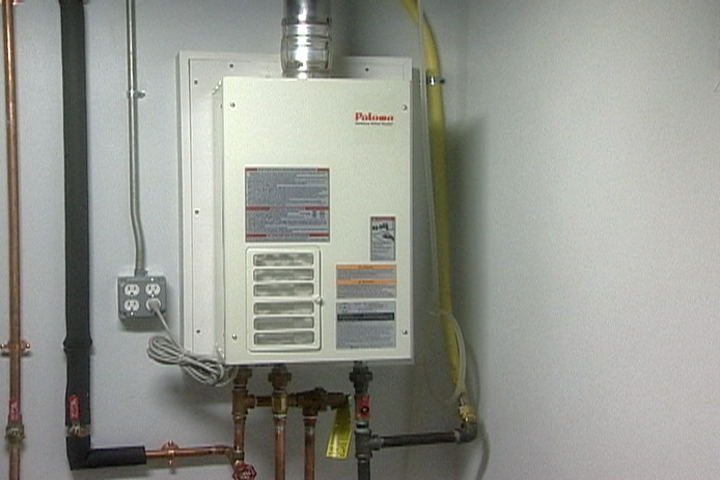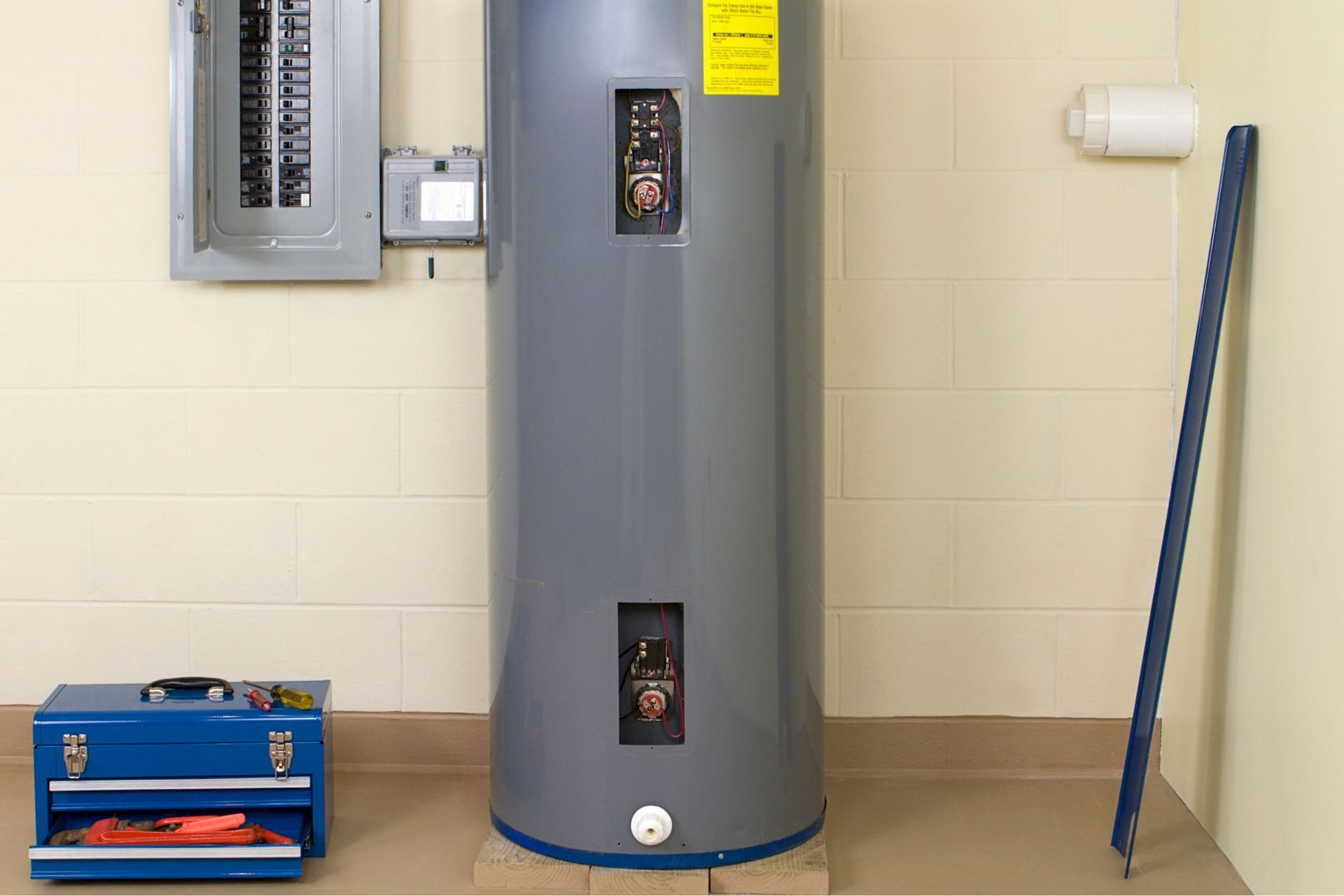Useful Techniques for Caring for Your Home's Hot Water SystemHow to Successfully Care for Your Home's Hot Water SystemSimple Steps to Maintaining Your Home's Hot Water System
Useful Techniques for Caring for Your Home's Hot Water SystemHow to Successfully Care for Your Home's Hot Water SystemSimple Steps to Maintaining Your Home's Hot Water System
Blog Article
How do you actually feel with regards to What Kind of Maintenance Do Water Heaters Need??

Hot water is crucial for daily comfort, whether it's for a revitalizing shower or cleaning dishes. To guarantee your hot water system runs successfully and lasts longer, normal upkeep is essential. This post offers useful suggestions and understandings on how to preserve your home's hot water system to prevent disruptions and pricey fixings.
Introduction
Keeping your home's warm water system might appear challenging, yet with a couple of straightforward actions, you can ensure it operates smoothly for years to find. This guide covers whatever from understanding your hot water system to do it yourself upkeep tips and understanding when to call in specialist help.
Significance of Maintaining Your Warm Water System
Normal upkeep not only prolongs the life-span of your warm water system but likewise ensures it operates effectively. Neglecting maintenance can cause reduced performance, higher energy expenses, and also premature failing of the system.
Indications Your Warm Water System Needs Maintenance
Recognizing when your hot water system needs interest can stop significant concerns. Watch out for indicators such as inconsistent water temperature, odd sounds from the heater, or corroded water.
Comprehending Your Hot Water System
Prior to diving into upkeep jobs, it's valuable to comprehend the fundamental elements of your hot water system. Generally, this consists of the hot water heater itself, pipes, anode poles, and temperature controls.
Regular Monthly Maintenance Tasks
Regular regular monthly checks can assist capture minor concerns before they intensify.
Purging the Water Heater
Flushing your hot water heater removes sediment accumulation, improving efficiency and prolonging its life.
Monitoring and Replacing Anode Rods
Anode rods prevent rust inside the storage tank. Inspecting and replacing them when worn is crucial.
Evaluating and Changing Temperature Setups
Readjusting the temperature setups makes certain ideal performance and safety.
DIY Tips for Maintenance
You can perform several maintenance tasks yourself to keep your hot water system in top condition.
Checking for Leaks
Frequently evaluate pipes and connections for leakages, as these can bring about water damage and higher costs.
Evaluating Stress Alleviation Valves
Checking the pressure relief valve ensures it works appropriately and avoids too much pressure build-up.
Insulating Pipes
Protecting hot water pipes minimizes warm loss and can conserve energy.
When to Call a Professional
While DIY maintenance is beneficial, some concerns need professional experience.
Complicated Problems Calling For Expert Aid
Examples consist of major leakages, electrical issues, or if your water heater is continually underperforming.
Routine Professional Upkeep Advantages
Expert upkeep can consist of complete evaluations, tune-ups, and ensuring conformity with security standards.
Verdict
Routine upkeep of your home's hot water system is crucial for effectiveness, long life, and cost financial savings. By following these ideas and knowing when to look for specialist help, you can make certain a trustworthy supply of hot water without unanticipated disruptions.
Water Heater Maintenance: The Basics
Maintaining your water heater will ensure it operates efficiently and has a longer lifespan. Neglecting regular maintenance can lead to costly repairs and an even bigger chunk of your savings if you have to replace it sooner than necessary. But there’s good news: Most water heater maintenance tasks are relatively simple and easy for homeowners with basic DIY skills.
Flush the Water Heater
Over time, sediment and minerals can build up in the tank, reducing its efficiency and potentially causing damage. To flush the tank, turn off the power or gas supply, attach a hose to the drain valve near the bottom and open the valve to drain the water until it runs clear. Ideally, flush the tank annually.
Replace the Anode Rod
The anode rod is a sacrificial metal rod that helps prevent corrosion inside the tank. Inspect and replace it every three to five years or per the manufacturer's recommendation. To replace the anode rod, turn off the power or gas supply, drain a few gallons of water from the tank, unscrew the old rod and replace it with a new one. If the anode rod is significantly corroded or covered in calcium buildup, it's a sign the water heater may need to be replaced soon.
Tune-Up
A yearly tune-up can help identify potential issues and ensure your water heater operates at peak efficiency. This typically involves checking the thermostat, burner assembly (for gas heaters) and any other components specified by the manufacturer. During a tune-up, the technician may also clean the burner and adjust the pilot light (for gas heaters) or examine the heating elements (for electric heaters).
How to Maintain Your Water Heater
Insulate the tank. Insulating the tank can improve energy efficiency and reduce heat loss, saving you money on energy bills. You can purchase precut insulation blankets designed specifically for water heaters or use standard fiberglass insulation wrapped securely around the tank. Check the temperature. The recommended water temperature for most households is around 120 degrees Fahrenheit (49 degrees Celsius). Higher temperatures can increase energy costs and potentially cause scalding. Use a kitchen thermometer to check the temperature at the faucet nearest the water heater. Monitor water pressure. Excessive water pressure can strain the water heater and cause leaks or even tank failure. Install a pressure-reducing valve if necessary. The ideal water pressure range is between 60 and 70 PSI (pounds per square inch). Test the temperature and pressure (T&P) relief valve. The T&P relief valve is a safety feature that releases pressure if the tank gets too hot or the pressure builds up too high. Test it annually by lifting the lever and allowing a small amount of water to release. Replace the valve if it doesn't release water or reseal properly. Check for leaks. Regularly inspect the tank, pipes and fittings for leaks or corrosion. Deal with issues promptly to prevent further damage. Even a small leak can lead to significant water damage over time. Consider a tankless water heater. If your traditional tank-style water heater is nearing the end of its lifespan ( typically 10 years), consider replacing it with a tankless water heater. These units heat water on demand, reducing standby energy losses and potentially saving you money on your energy bills. Schedule professional maintenance. While homeowners can perform many water heater maintenance tasks, it's still a good idea to schedule professional maintenance every few years. A plumber or HVAC technician can thoroughly inspect the unit, identify potential issues and ensure it operates safely and efficiently. https://www.homeserve.com/en-us/blog/home-improvement/hot-water-heater-maintanence/

I hope you enjoyed our excerpt on How to Maintain a Hot Water Heater in a Few Simple Steps. Thanks for spending some time to read our piece. Remember to pause to share this content if you enjoyed it. Thanks a lot for your time. Come back soon.
Call Today Report this page